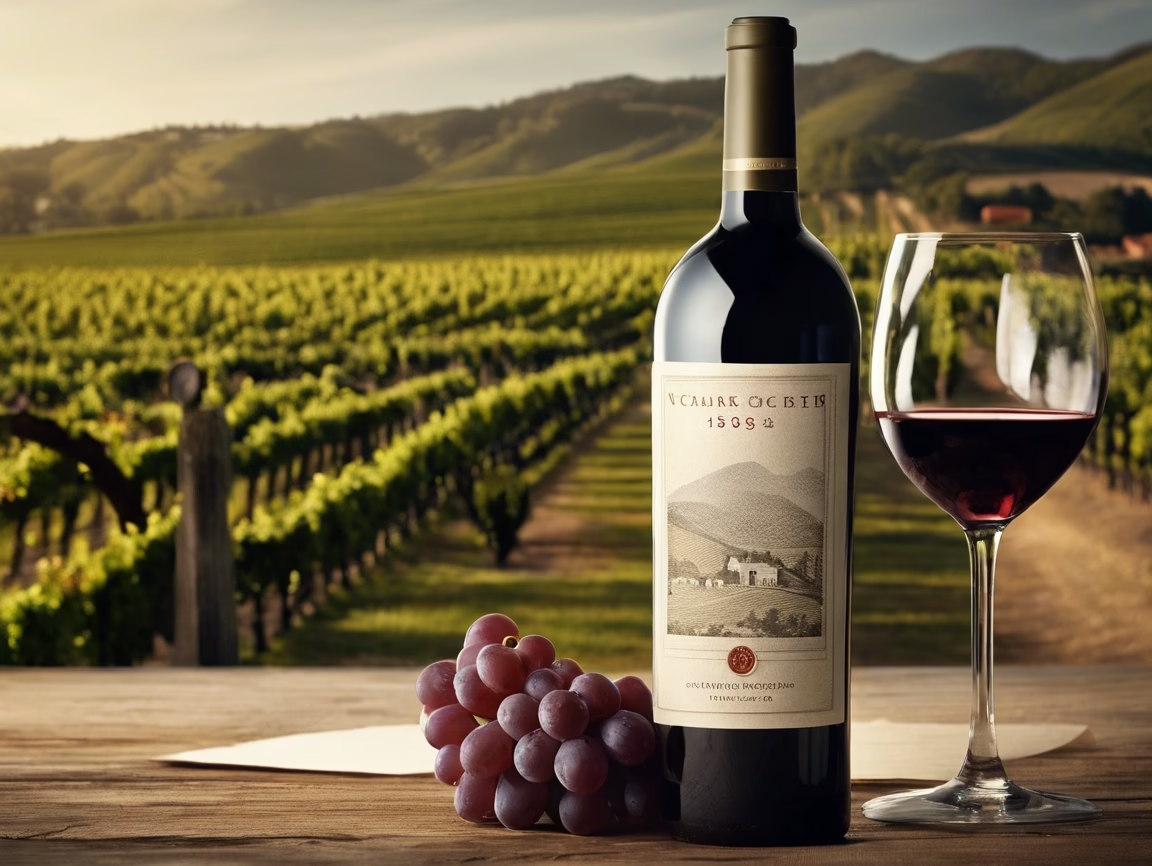Introduction:
Once upon a time, in a green valley surrounded by lush vineyards, there was a small wine producer named Marco. Marco, heir to a long family tradition in winemaking, was faced with a monumental challenge: how to stand out in an increasingly competitive and globalized market. This is the story of how, through the adoption of innovative marketing strategies and cutting-edge data, Marco transformed his small winery into an internationally recognized brand.

Understanding the Market and Target Audience
According to a report by ISTAT (Italian National Institute of Statistics), the wine sector represents one of Italy's major agribusiness industries, with exports reaching 6.4 billion euros in 2021. Understanding one's target audience is crucial. An analysis by Wine Monitor - Nomisma showed that consumers under 35 prefer wines with innovative labels and unique stories, while the over-45 bracket tends to value tradition and quality.
The Importance of Branding and Packaging
A Wine Intelligence study revealed that 65% of consumers are influenced by the wine label during purchase. Investing in distinctive packaging and labels that tell the story of the wine and the winery can make a difference. Successful examples include labels with augmented reality or custom designs.
Digital Strategies: Social Media and E-commerce
The digital age has opened new frontiers for wine producers. According to a report by eMarketer, online wine sales have grown by 30% in 2020. Platforms such as Instagram and TikTok offer huge opportunities to reach a wider audience. Using creative content and influencer marketing, companies such as the winery "Vino Vero" have seen a 40% increase in online sales.
Events, Tastings and Wine Tourism
Wine tourism is a rapidly expanding industry. A study by Wine Tourism Movement found that over 50% of wine tourists spend more on winery visits than other tourism activities. Creating unique winery experiences, such as customized tastings or themed events, can significantly increase visibility and sales.
Sustainability and Social Responsibility
Sustainability has become a key factor in purchasing decisions. According to a Nielsen survey, 73% of global consumers are willing to spend more on sustainable products. Companies such as "Terre Verdi" have implemented sustainable practices in the vineyard and winery, gaining a positive response from both the market and the environment.
Conclusion:
The story of Marco and his winery is an example of how innovation in marketing, combined with a data-driven approach, can lead to success in the wine industry. From digital strategies to a focus on sustainability, the possibilities are endless. The important thing is to stay true to one's history and values and integrate them with modern marketing techniques.
This article offers just a glimpse of the potential of marketing for wineries. Every business, large or small, can find its own path to success in the vibrant world of wine.


